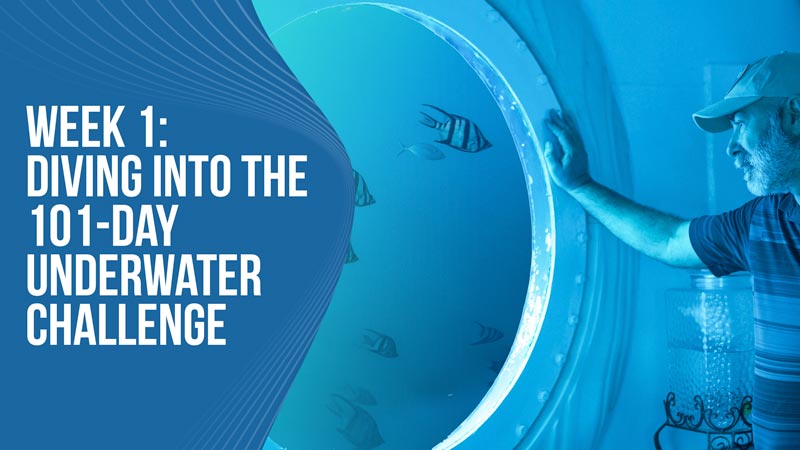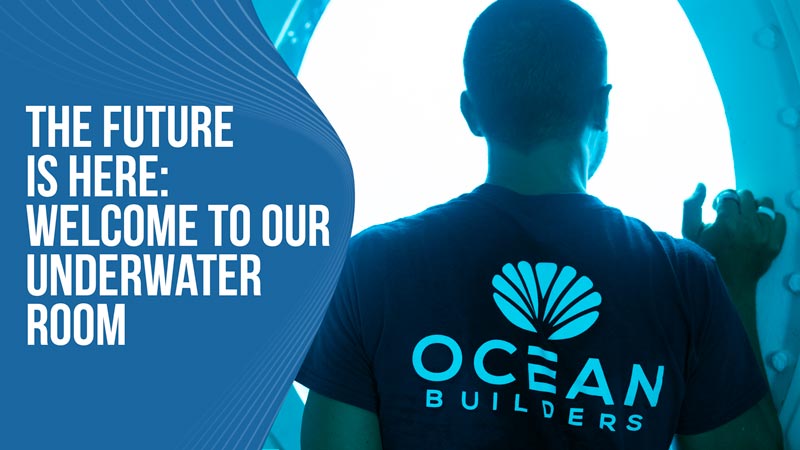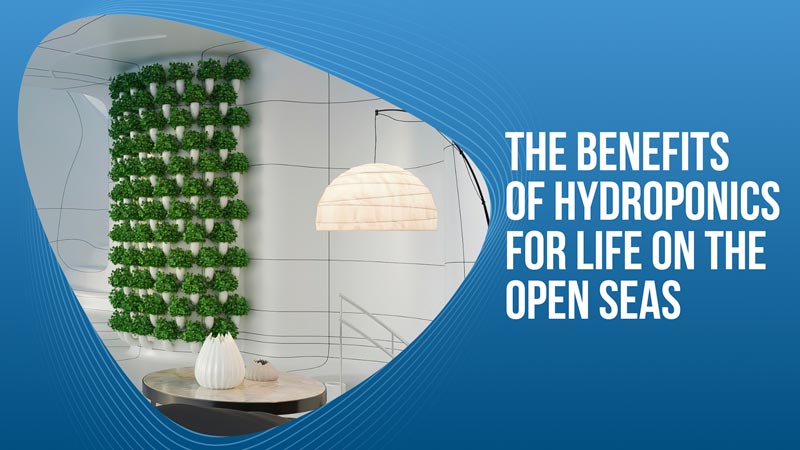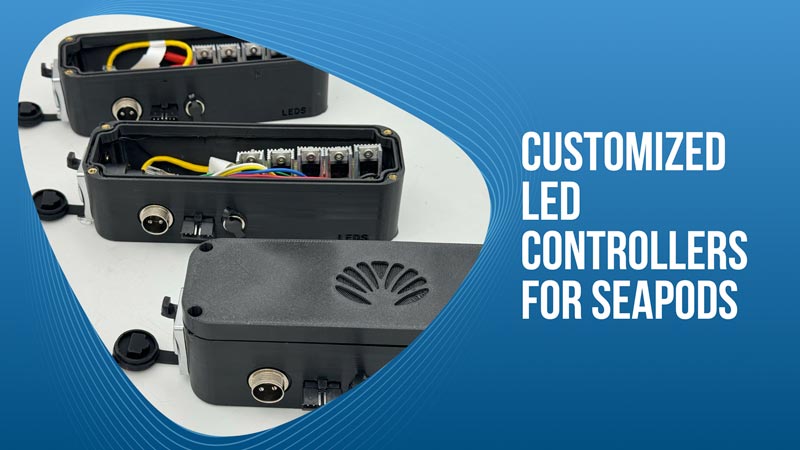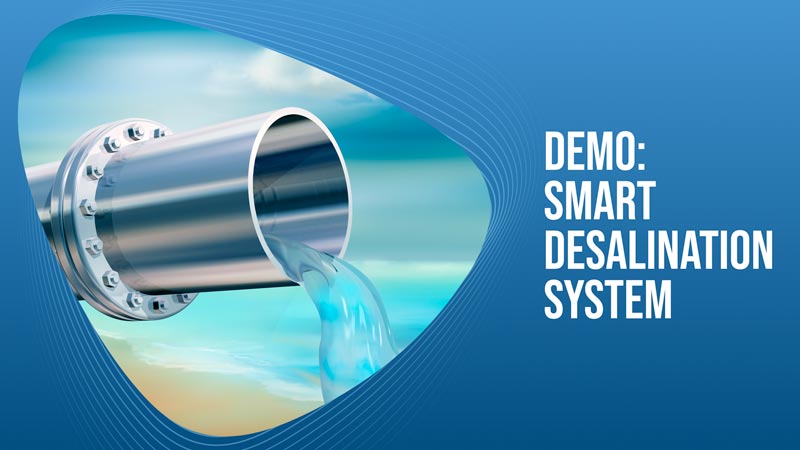
We are back with Omer who has a demonstration of the operation of our smart desalination system. This is the reverse-osmosis filtration system that will supply the SeaPod with clean and safe drinking water.
The system is powered by a one-horsepower motor that supplies the power to the pump which pressurizes the system. Reverse osmosis uses high pressure to push the water through a membrane which acts as a filter. The membrane removes nearly all of the impurities from the water and will remove the salt content from salty seawater and make it totally safe to drink. The membrane will last quite a long time and will only need to be replaced every five years or so.
As you can see in the video, Omer is running the system to filter water. The pump is supplying about 250 PSI to push the water through the membrane. The dirty water that he is starting with comes out perfectly clean and clear. But the water doesn’t just have to look clean, it has to actually be clean so we have a way to test that as well.
We have a custom-made meter that actively measures the purity of water and will log the results in the home automation system. Omer has water from a few different sources that he tests here. The first water sample is saltwater which reads at more than 1250 parts-per-million of impurities. This number is above the threshold for safe drinking water set by the EPA so it gives an alert that the water is not safe to drink.
The next sample is normal tap water which gives a reading of about 300 PPM. This water is right on the threshold for safe drinking water. He also tested bottled spring water which had 49 PPM of impurities which is well within the safe drinking levels. Finally, he tested the filtered water that was run through our reverse osmosis system and it read at 2 PPM which is almost the quality of distilled water meaning that our system gave us nearly perfectly pure water.
The system is monitored by pressure sensors that track the different air pressures within the closed system. We also have a flow meter that measures how much water is moving through the system. While under operation, the system was filtering 80 liters or about 21 gallons per hour which is more than enough to supply you with as much fresh and clean drinking water as you need.
